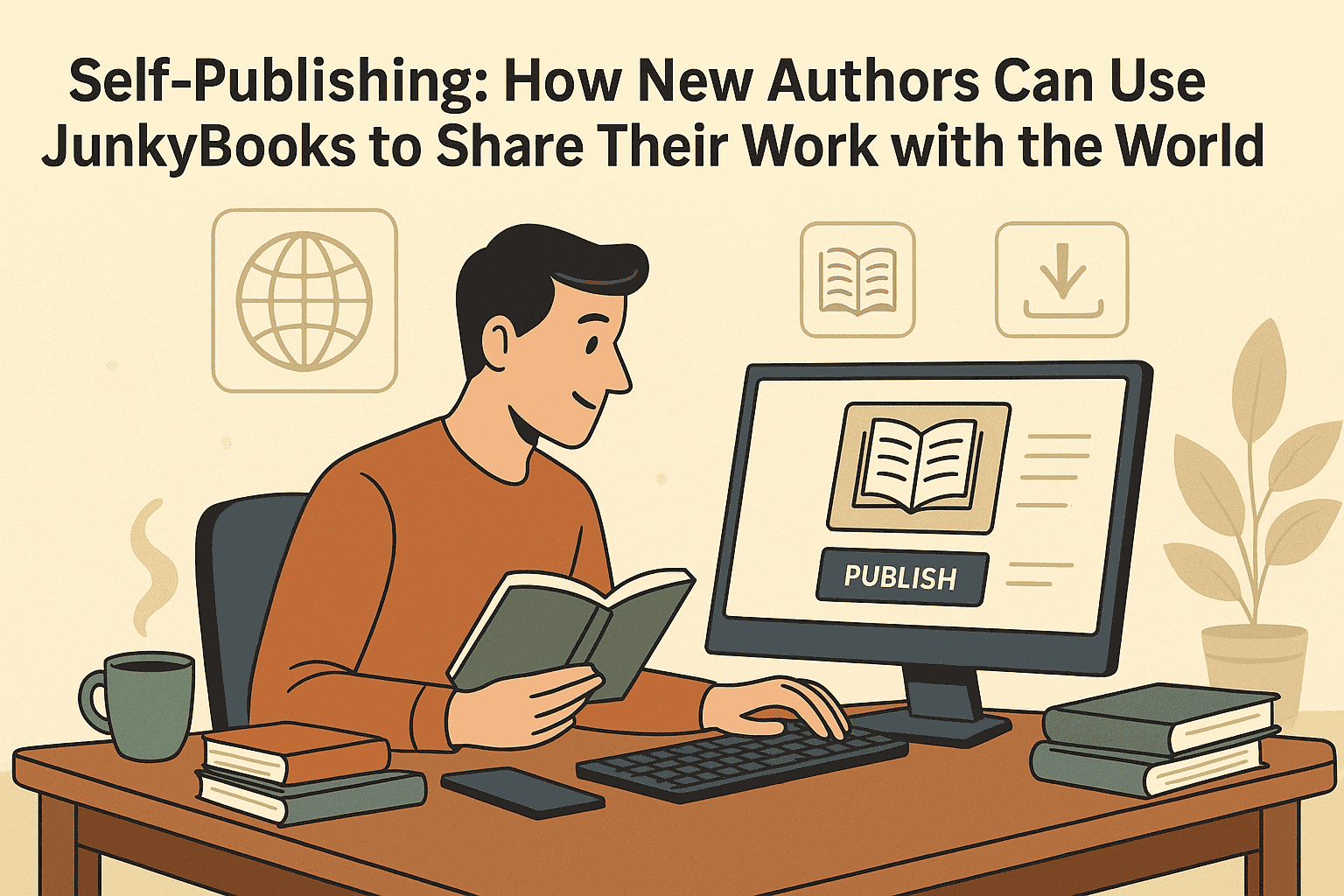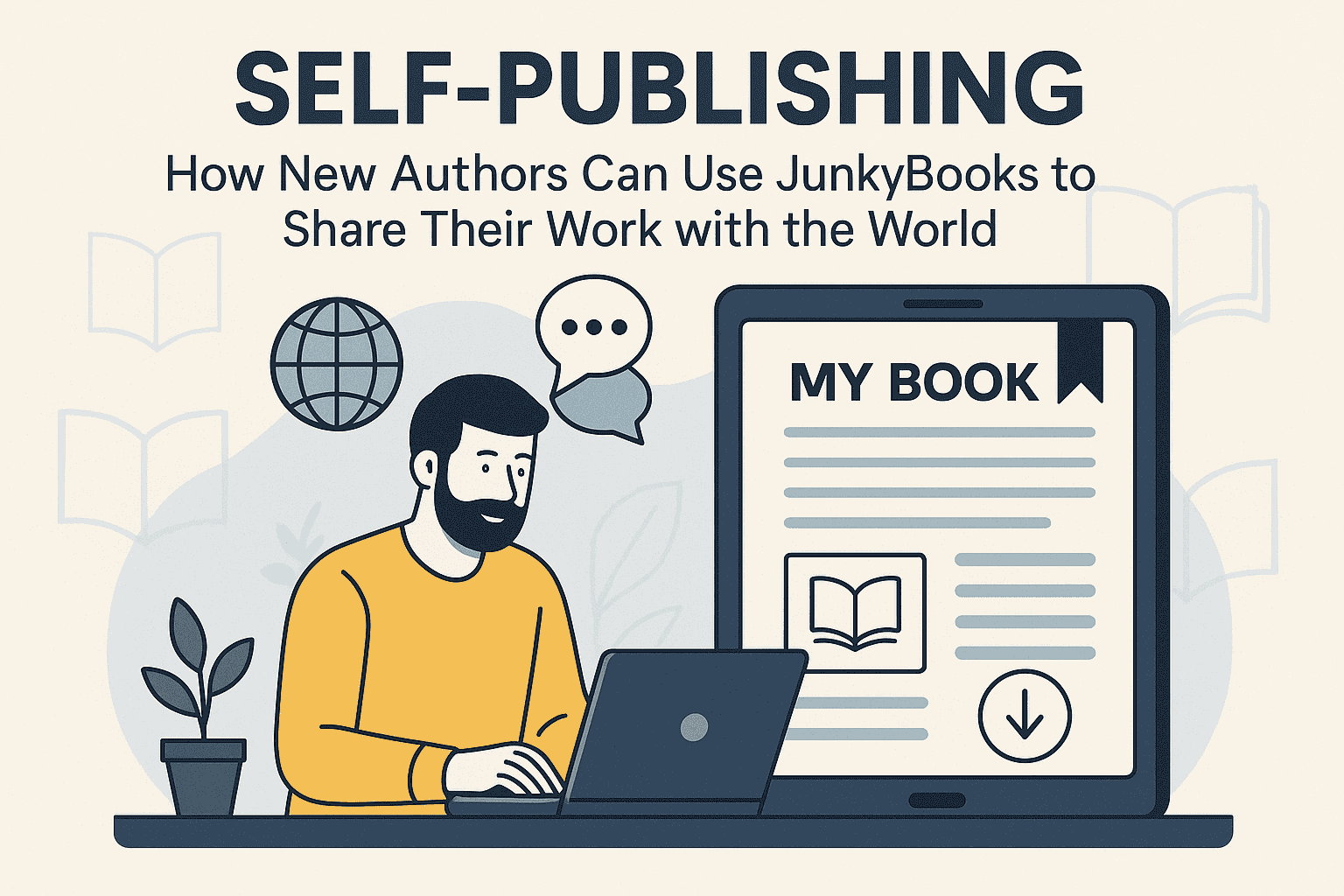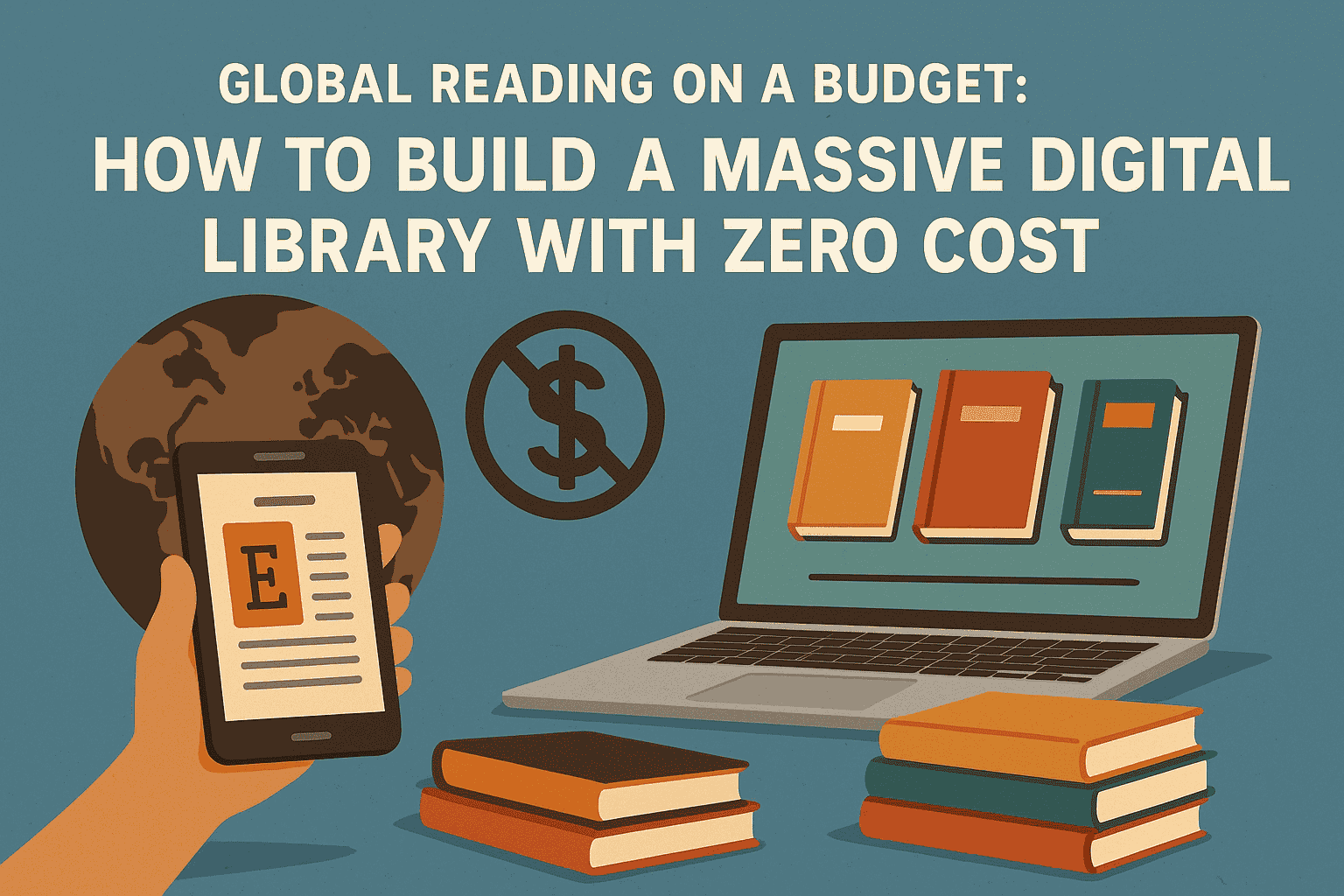The Evolution of E-Books: How Digital Reading is Reshaping the Publishing Industry
In the not-so-distant past, the idea of carrying an entire library in your pocket was the stuff of science fiction. But with the advent of e-books, this futuristic concept has become a reality. Digital reading has not only transformed how we consume literature, but it has also revolutionized the publishing industry itself. In this article, we'll explore the evolution of e-books and the profound impact they have had on the world of publishing, all explained in simple English.
1. The Dawn of E-Books
E-books, short for electronic books, are digital versions of printed books that can be read on electronic devices such as e-readers, tablets, computers, and even smartphones. The concept of e-books emerged in the 1970s, but it wasn't until the 2000s that they began to gain significant traction.
2. Accessibility and Convenience
One of the key advantages of e-books is their accessibility. With a vast library of titles available at the touch of a button, readers no longer need to carry heavy physical books. This convenience has made reading more accessible to a wider audience, including those with mobility issues or limited access to physical bookstores.
3. Expanding Reading Horizons
E-books have made it easier for readers to explore a wider range of genres and authors. With digital libraries and online bookstores, readers can access a diverse selection of titles from around the world, often at lower prices than physical copies.
4. Revolutionizing Self-Publishing
The rise of e-books has democratized the publishing process. Authors no longer need to go through traditional publishing houses to share their work. Self-publishing platforms, such as Amazon Kindle Direct Publishing and Smashwords, allow authors to publish and distribute their books independently, reaching a global audience.
5. Instant Gratification
E-books offer instant access to new releases and bestsellers. Readers no longer have to wait for a physical book to be printed and shipped. This immediacy has changed the way we consume literature, enabling us to dive into a new book within seconds of making a purchase.
6. Enhanced Reading Experience
E-readers and reading apps often come with features that enhance the reading experience. Adjustable font sizes, customizable backgrounds, and built-in dictionaries make it easier for readers of all ages and abilities to enjoy books. Some platforms even offer audio narration, catering to those who prefer listening to books.
7. Interactive and Multimedia Elements
E-books can incorporate interactive elements, multimedia content, and hyperlinks, providing readers with a dynamic and engaging reading experience. This is particularly beneficial for educational materials, cookbooks, and children's books, where visual aids and interactive elements can enhance comprehension and learning.
8. Environmental Impact
The production of physical books requires paper, ink, and transportation, contributing to environmental impact. E-books, on the other hand, are a more sustainable option. By opting for digital copies, readers can reduce their carbon footprint and contribute to environmental conservation efforts.
9. Global Reach
E-books have the potential to reach a global audience without the logistical challenges of international distribution. Authors can connect with readers worldwide, transcending geographical boundaries and cultural barriers.
10. Challenges and Controversies
While e-books offer many benefits, they also come with their own set of challenges and controversies. Issues such as digital rights management (DRM), piracy, and concerns about the dominance of large tech companies in the e-book market have sparked debates within the publishing industry.
11. The Future of E-Books
As technology continues to advance, the future of e-books looks promising. Innovations such as virtual reality (VR) and augmented reality (AR) could potentially revolutionize how we experience digital literature, creating immersive reading environments.
12. Accessibility for All
E-books have become a game-changer for individuals with visual impairments or print disabilities. With features like screen readers and adjustable text sizes, e-books provide an inclusive reading experience for a diverse range of readers.
13. Data Analytics and Personalization
Digital platforms collect data on reading habits and preferences, allowing publishers to gain insights into reader behavior. This information can be used to tailor recommendations and marketing efforts, creating a more personalized experience for readers.
14. Enhanced Collaboration and Annotation
E-books facilitate collaborative reading experiences. Readers can highlight passages, add notes, and share insights with others in real-time. This feature is particularly valuable for educational settings, book clubs, and academic research.
15. Preservation of Rare and Historical Texts
E-books have played a crucial role in preserving rare and out-of-print books. Libraries and archives around the world are digitizing their collections, ensuring that valuable historical texts are accessible to future generations.
16. Digital Book Communities
Online communities and forums dedicated to e-books have emerged, providing a space for readers to discuss, review, and recommend their favorite titles. These communities foster a sense of camaraderie among readers and offer a platform for discovering new books.
17. Adapting to Changing Lifestyles
E-books accommodate modern, fast-paced lifestyles. With busy schedules, many readers find it more convenient to carry a lightweight e-reader or tablet, allowing them to read on the go, whether during commutes or while traveling.
18. Cost-Effectiveness
E-books are often more budget-friendly than their printed counterparts. Additionally, with the availability of free public domain books and discounted e-book promotions, readers have access to a wide range of affordable reading options.
19. Language Learning and Education
E-books offer valuable resources for language learners and educators. They can provide interactive language exercises, bilingual texts, and audio support, making language acquisition more engaging and effective.
20. Real-Time Updates and Revisions
Digital publishing allows for instantaneous updates and revisions. Authors and publishers can easily correct errors, update content, and release new editions without the delays and costs associated with printing and distribution.
21. Balancing Print and Digital
While e-books have seen remarkable growth, print books continue to have their unique charm. Many readers appreciate the tactile experience of holding a physical book and the aesthetic appeal of a well-designed cover.
Conclusion: A Digital Renaissance for Reading
E-books have ushered in a new era of reading, transforming the way we access, consume, and interact with literature. Their impact on the publishing industry is undeniable, reshaping traditional models and providing new opportunities for authors and readers alike. As e-books continue to evolve alongside emerging technologies, the world of digital reading is poised for even greater advancements, promising an exciting future for literature and storytelling in the digital age.







